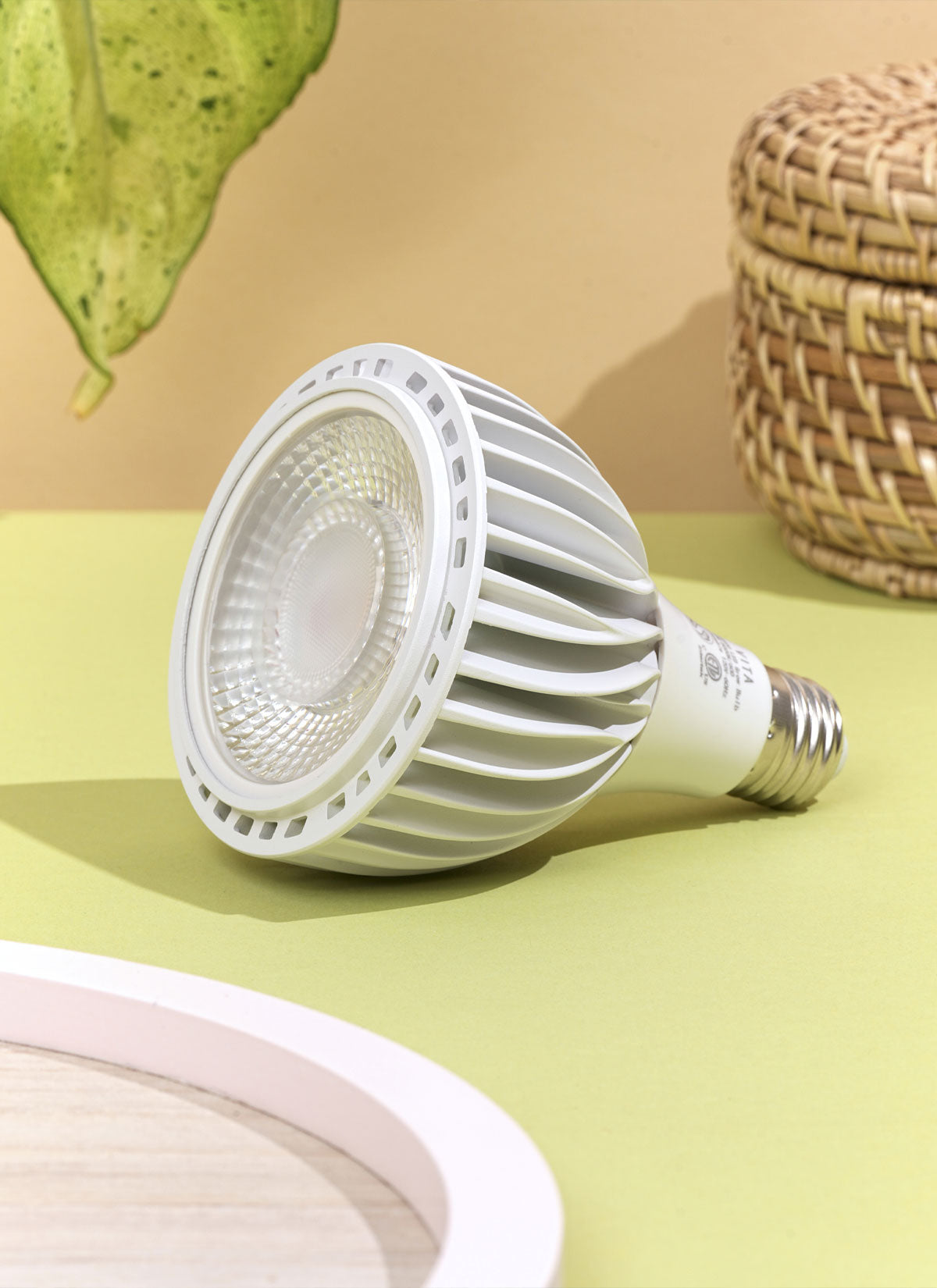Preferred Humidity: 60 - 80%; High Humidity
Monstera deliciosa thrives in high humidity environments. Ideally, a humidity level of around 60% to 70% is beneficial for its growth and overall well-being. To provide adequate humidity, you can use several methods such as misting the leaves with water, placing the plant on a tray filled with water and pebbles, using a humidifier, or grouping plants together to create a microclimate. Maintaining higher humidity levels can help prevent leaf browning, encourage lush growth, and mimic the plant's natural tropical habitat. However, while high humidity is beneficial, it's also important to ensure good airflow and avoid excessive moisture on the leaves, as this can lead to fungal diseases. Monitoring the plant's response and adjusting humidity levels as needed will help keep your Monstera deliciosa happy and healthy.




















